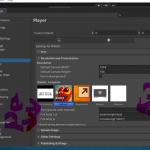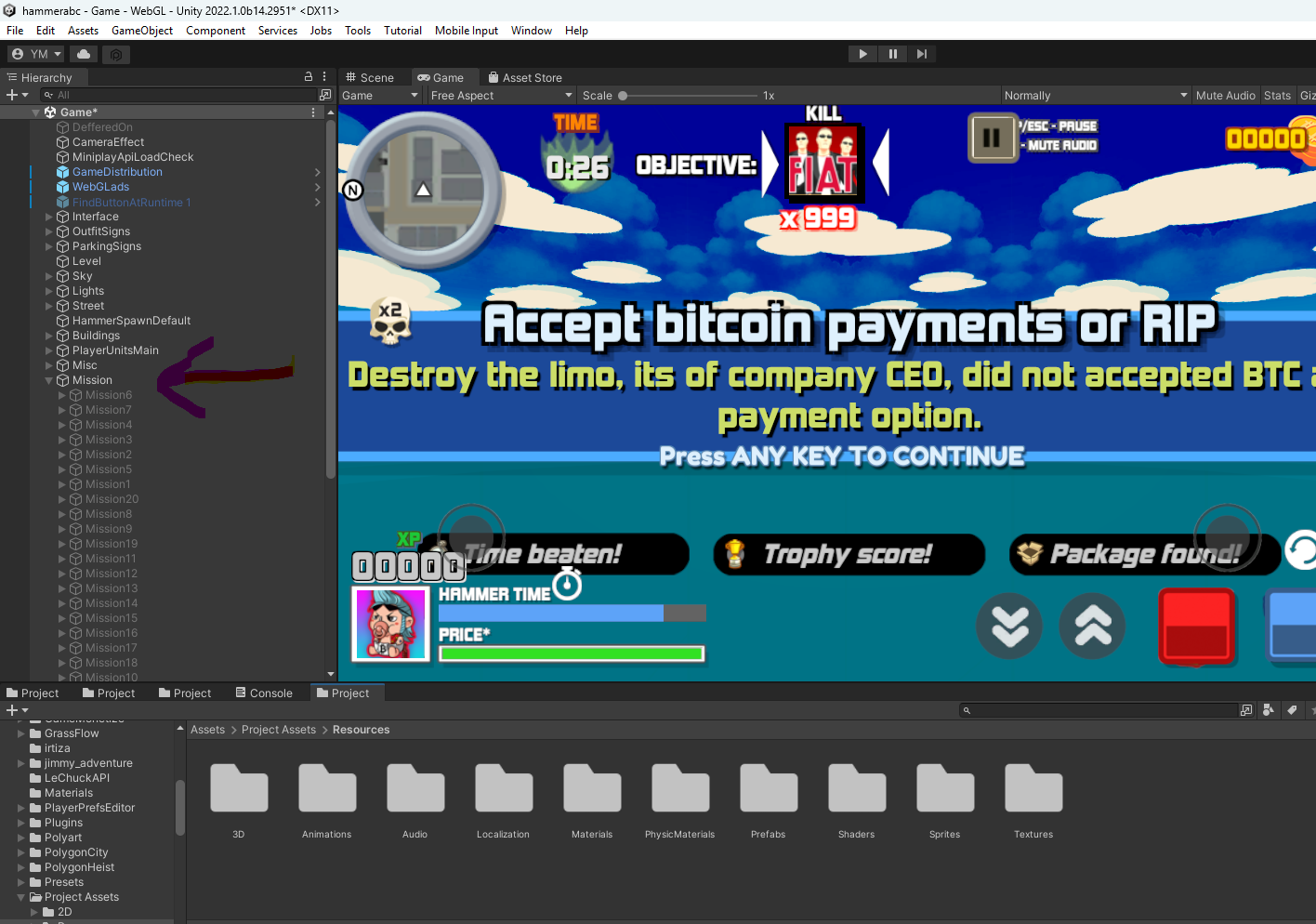Creating a Chrome extension using Yarn involves several steps, including setting up the project structure, writing necessary configuration files, and coding the extension itself. Below is a basic guide to help you build a Chrome extension using Yarn:
Step 1: Set Up Project Structure
Initialize the project with Yarn:
bash
yarn init -y
Install necessary dependencies:
bash
yarn add webpack webpack-cli html-webpack-plugin copy-webpack-plugin
yarn add @babel/core @babel/preset-env babel-loader
Create the project structure:
arduino
my-chrome-extension/
├── public/
│ ├── manifest.json
│ ├── popup.html
├── src/
│ ├── background.js
│ ├── content.js
│ ├── popup.js
├── utils/
│ ├── helper.js
├── .gitignore
├── package.json
├── webpack.config.js
Step 2: Configure the Extension
manifest.json (in public folder):
json
{
"manifest_version": 3,
"name": "My Chrome Extension",
"version": "1.0.0",
"description": "A basic Chrome extension",
"background": {
"service_worker": "background.js"
},
"action": {
"default_popup": "popup.html"
},
"permissions": [
"activeTab"
],
"content_scripts": [
{
"matches": [""],
"js": ["content.js"]
}
]
}
popup.html (in public folder):
html
Hello, Chrome Extension!
Step 3: Write Your Extension Code
background.js (in src folder):
javascript
console.log('Background script running');
chrome.runtime.onInstalled.addListener(() => {
console.log('Extension installed');
});
content.js (in src folder):
javascript
console.log('Content script running');
popup.js (in src folder):
javascript
document.addEventListener('DOMContentLoaded', () => {
console.log('Popup script running');
});
helper.js (in utils folder):
javascript
export function helperFunction() {
console.log('Helper function called');
}
Step 4: Configure Webpack
webpack.config.js:
javascript
const path = require('path');
const HtmlWebpackPlugin = require('html-webpack-plugin');
const CopyWebpackPlugin = require('copy-webpack-plugin');
module.exports = {
entry: {
background: './src/background.js',
content: './src/content.js',
popup: './src/popup.js'
},
output: {
path: path.resolve(__dirname, 'dist'),
filename: '[name].bundle.js'
},
module: {
rules: [
{
test: /\.js$/,
exclude: /node_modules/,
use: {
loader: 'babel-loader',
options: {
presets: ['@babel/preset-env']
}
}
}
]
},
plugins: [
new HtmlWebpackPlugin({
template: './public/popup.html',
filename: 'popup.html',
chunks: ['popup']
}),
new CopyWebpackPlugin({
patterns: [
{ from: 'public/manifest.json', to: '' },
{ from: 'public/', to: '' }
]
})
]
};
Step 5: Build and Test the Extension
Add build scripts to package.json:
json
"scripts": {
"build": "webpack --mode production"
}
Build the extension:
bash
yarn build
Load the extension in Chrome:
Open Chrome and go to chrome://extensions/
Enable "Developer mode"
Click "Load unpacked" and select the dist folder
Your Chrome extension should now be running and you can see the popup by clicking on the extension icon in the Chrome toolbar.









